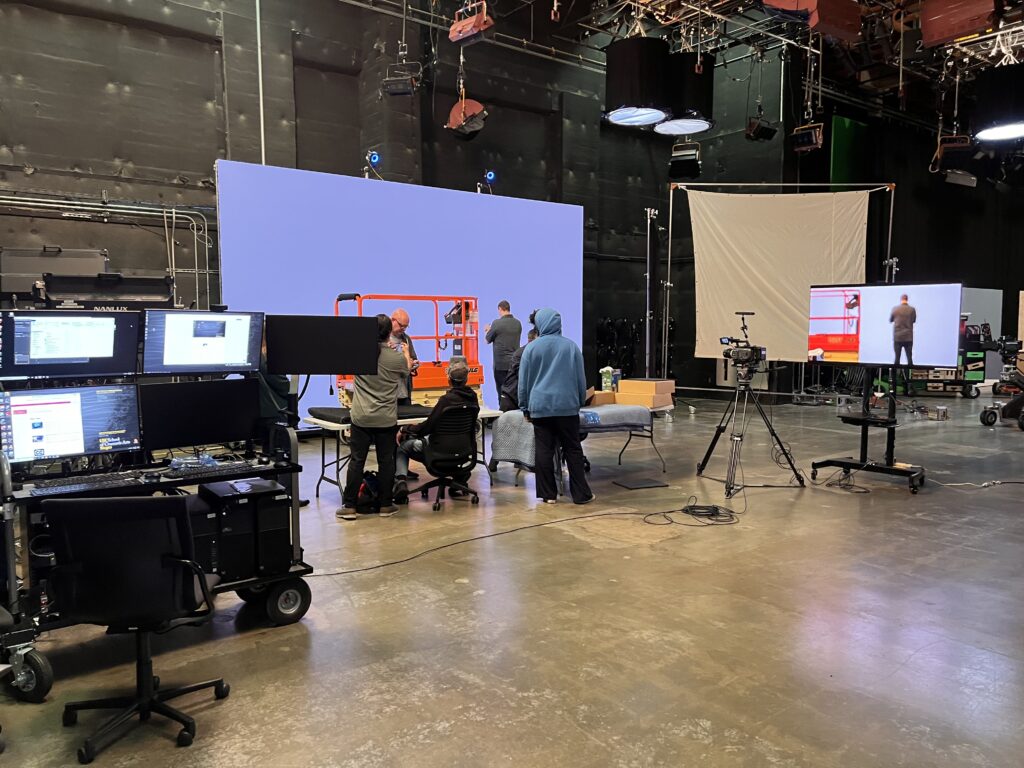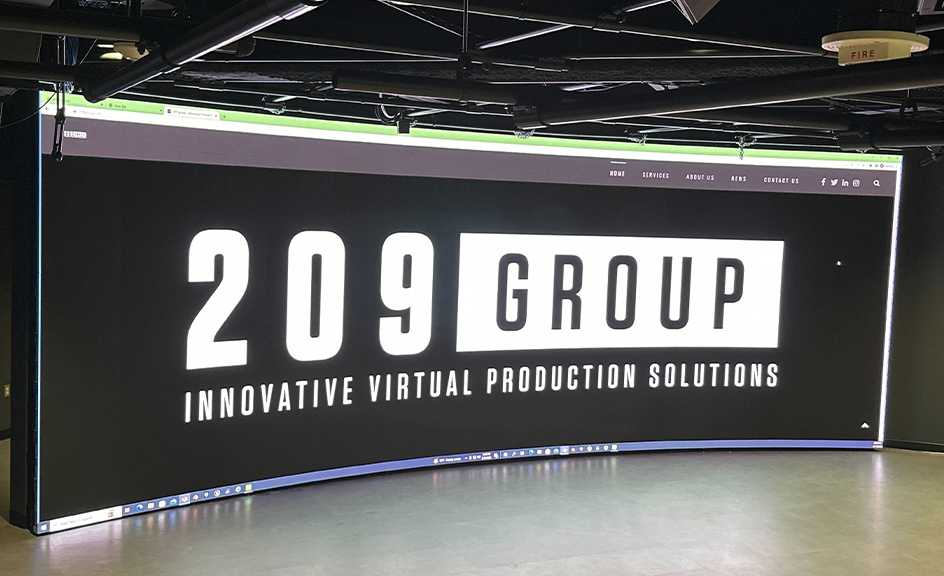


Designed, built and installed custom full performance capture volume in the Robert Zemeckis Center for Digital Arts
Design, build and installed custom/moveable LED wall for virtual production in the Robert Zemeckis Center for Digital Arts


Designed, built and installed multiple custom tracking systems in multiple locations
performance capture for animation
large scale VR tracking
- Most recently installed a massive capture space allowing for the capture space to be used in multiple configurations ranging from a single large capture volume, to several smaller/independently operated volumes with little to no set up work required



Designed, built and installed multiple custom tracking systems in multiple locations
performance capture for animation
large scale VR tracking
- Most recently installed a massive capture space allowing for the capture space to be used in multiple configurations ranging from a single large capture volume, to several smaller/independently operated volumes with little to no set up work required
What role does technology play in Performing Arts
Technology has become an integral part of the performing arts, revolutionizing the way artists create, present, and experience various art forms. From advanced lighting and sound systems that enhance the sensory experience to digital projections and interactive installations that blur the boundaries between physical and virtual realms, technology has opened up new avenues for artistic expression. In theater and dance, motion capture and virtual reality technologies enable innovative staging and immersive performances, while in music, digital instruments and software have expanded the possibilities for composition and live performances. Moreover, streaming platforms and online venues have made the performing arts more accessible, allowing artists to reach global audiences and fostering new forms of collaboration and artistic exchange. However, while technology has undoubtedly enriched the performing arts, it has also sparked debates about the balance between technological innovation and traditional artistic practices, prompting artists and audiences alike to reflect on the evolving nature of creativity and human connection in the digital age.
What role does visualization play in higher education?
Visualization has an impactful benefit in enhancing the learning experience and knowledge retention in higher education. By leveraging visual representations such as diagrams, illustrations, animations, and interactive simulations, complex concepts and abstract ideas can be conveyed in a more accessible and engaging manner. In fields like science, engineering, and medicine, visualization techniques enable students to grasp intricate structures, processes, and phenomena that are otherwise challenging to comprehend through textual descriptions alone. Additionally, data visualization tools allow researchers and students to analyze and interpret large datasets, uncovering patterns and insights that can drive innovation and further understanding. Moreover, virtual and augmented reality technologies are increasingly being adopted in higher education, providing immersive and interactive learning environments that simulate real-world scenarios, enabling hands-on experiential learning. Effective use of visualization not only caters to various learning styles but also fosters critical thinking, problem-solving skills, and knowledge retention, ultimately enhancing the overall quality of education and preparing students for future challenges in their respective fields.
PREFERRED VENDORS








949-531-8090 | [email protected]
COPYRIGHT © 2024 | 209 GROUP | BUILT BY BENEDIKT DESIGN

